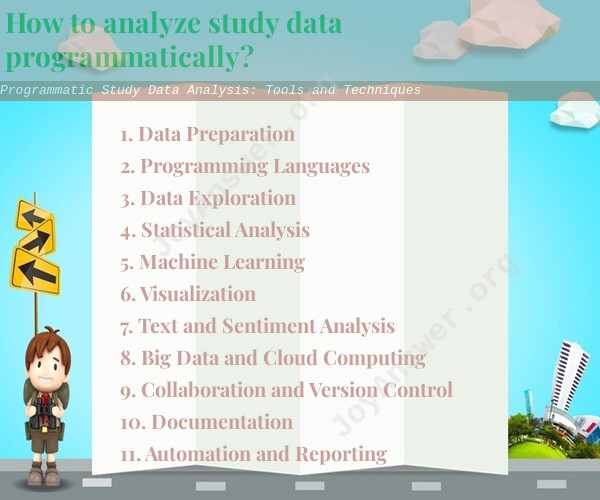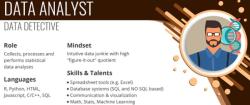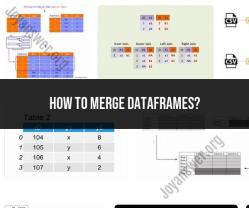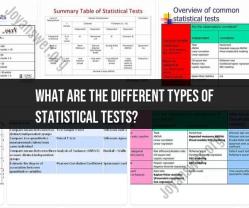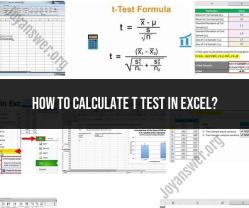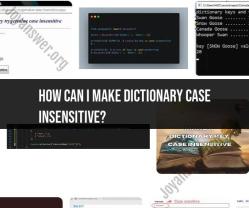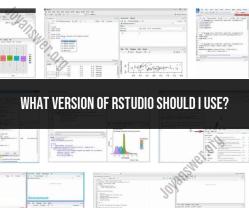How to analyze study data programmatically?
Analyzing study data programmatically offers powerful capabilities for extracting insights and making informed decisions. Here's a comprehensive guide on how to effectively analyze study data using various tools and techniques:
1. Data Preparation
Before diving into analysis, ensure your data is clean, organized, and structured. Use data cleaning libraries and techniques to handle missing values, outliers, and inconsistencies.
2. Programming Languages
Choose a programming language suitable for data analysis, such as Python or R. These languages offer rich libraries and frameworks for handling, processing, and visualizing data.
3. Data Exploration
Start by exploring the data to gain insights into its characteristics. Use summary statistics, data visualization libraries, and exploratory data analysis techniques to uncover patterns and trends.
4. Statistical Analysis
Apply statistical methods to understand relationships between variables, test hypotheses, and draw conclusions. Perform descriptive and inferential statistics using libraries like SciPy or StatsModels.
5. Machine Learning
Utilize machine learning algorithms for predictive modeling and classification tasks. Train and evaluate models using libraries such as scikit-learn or TensorFlow.
6. Visualization
Create informative visualizations to communicate findings effectively. Use libraries like Matplotlib or ggplot2 to generate plots, charts, and graphs.
7. Text and Sentiment Analysis
If your study involves text data, employ natural language processing techniques for sentiment analysis, topic modeling, and text classification.
8. Big Data and Cloud Computing
For large-scale studies, consider using big data frameworks like Apache Spark and cloud computing platforms like AWS or Google Cloud for distributed data processing.
9. Collaboration and Version Control
Use version control systems like Git to collaborate with team members and track changes to your analysis code. This ensures transparency and reproducibility.
10. Documentation
Document your analysis process, code, and findings thoroughly. Well-documented code and explanations enable others to understand and reproduce your work.
11. Automation and Reporting
Automate repetitive tasks and generate reports programmatically. Tools like Jupyter Notebooks allow you to combine code, visualizations, and explanatory text in a single document.
12. Conclusion
Programmatic study data analysis empowers researchers and analysts to extract valuable insights from complex datasets. By employing the right tools, techniques, and programming languages, you can effectively uncover patterns, trends, and relationships to inform decision-making and contribute to your study's success.
